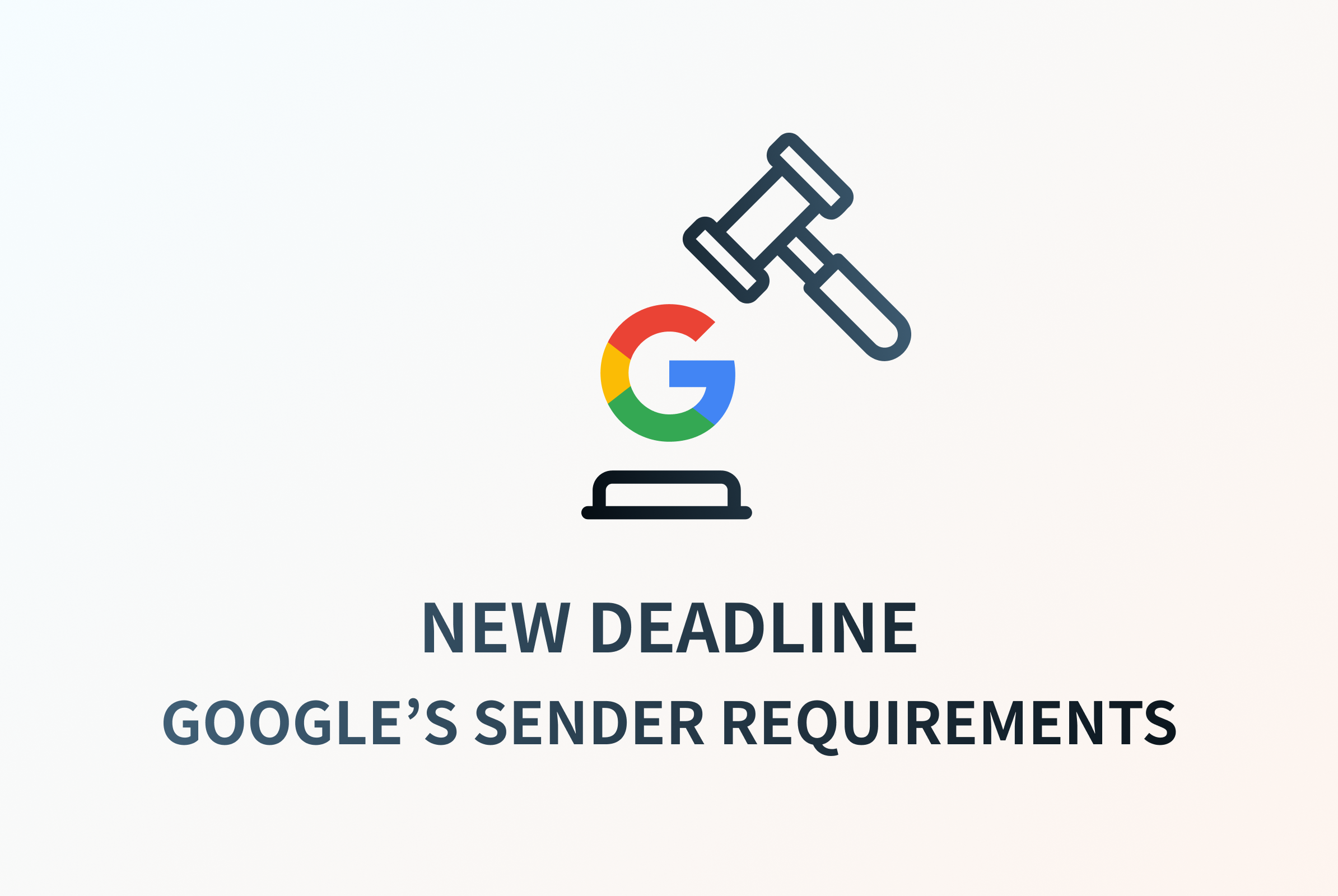As our digital world grows and evolves, so too do the threats we face online. One such peril, increasingly rampant in recent times, is clone phishing. In this comprehensive guide, we aim to equip you with the essential knowledge to recognize, prevent, and handle such attacks. Don't become a victim - arm yourself with knowledge and fortify your digital security.
What is Clone Phishing?
Definition
Clone phishing is a form of cyber attack wherein a genuine, previously delivered email containing an attachment or link is replicated, or "cloned", and resent from an email address mimicking the original sender. The cloned email differs in that it contains malicious attachments or links. This attack vector exploits the trust established through earlier correspondence.
How Clone Phishing Works
A clone phishing attack begins with an authentic email. Cyber attackers replicate the email to perfection - from the subject line to the email body. They then replace the legitimate attachments or links with harmful ones leading to malware or ransomware. The email is sent from a deceitfully similar address, attempting to trick the recipient into thinking it's a follow-up or correction from the original sender. It's the subtle nature of the trickery that often leads to its success.
How to Prevent Clone Phishing
Security Awareness Training
Ensure your team is trained to identify suspicious emails, spot inconsistencies in email addresses, and avoid clicking on unknown links or attachments. Knowledge is power, and in this case, it's your first line of defense.
Ensuring Link Authenticity
Before clicking any link in an email, confirm its authenticity by hovering over it to preview the destination URL. This simple act can save you from potential harm.
Scanning Attachments for Malicious Codes
Be cautious of attachments. Make sure to scan them for potential threats before opening. Remember, the devil often lies in the details.
Validating Sender's Address
Double-check the sender's email address for slight alterations or strange domains. A keen eye can often spot the difference.
Using Spam Filters
Employ effective spam filters to detect and isolate phishing emails. These filters can be your sentinels in the battle against phishing attacks.
Clone Phishing Vs. Spear Phishing
Comparison of Tactics
Clone phishing relies on replicating an authentic email, while spear phishing involves a personalized attack designed to target a specific individual or organization. Despite the differing methods, both exploit human error and trust.
Targeting and Approach
Spear phishing is highly targeted, requiring in-depth knowledge about the target. In contrast, clone phishing can be deployed more indiscriminately, affecting anyone who received the original email. Both, however, rely on the lack of awareness and caution on the part of the recipient.
What Does Clone Phishing Look Like?
Identifying Fake Email Addresses
Fraudulent emails often contain slight deviations in the email address, such as a misspelling or a different domain. Such minute alterations can be missed by a casual eye, but not by a vigilant one.
Modified Attachments and Links
Altered attachments or links are a clear giveaway. They may lead to unknown websites or automatically download harmful files. It's critical to stay vigilant and scrutinize every attachment or link before clicking.
False Claims and Deceptive Content
Clone phishing emails may include urgent calls to action, false claims about the necessity of a software update, or other deceiving content. Such urgency or need is crafted to trick the recipient into quick action, often bypassing normal security checks.
Characteristics of a Clone Phishing Attack
Cloning Authentic Emails
A cloned email is identical to a previously received legitimate email, except for the malicious parts. This uncanny resemblance makes detection all the more challenging.
Exploiting Trust and Genuine Interactions
Attackers exploit the trust built through genuine interactions to trick the recipient into opening the malicious email. By manipulating the recipient's perception, they sneak past the regular security defenses.
Clone Phishing Examples
Tempting with Software Update Links
The attacker may send a cloned email containing a link to a supposed software update, which, when clicked, installs malware. It's often disguised as an urgent update to invoke immediate action.
Luring with Fake Gifts or Prizes
The phishing email may offer attractive gifts or prizes to trick the recipient into clicking on harmful links. Greed, as they say, can be a costly vice.
Targeting Personal Email Addresses
Personal email addresses are a popular target, as they often lack the robust security measures of corporate emails. This makes them an easier target for clone phishing attacks.
How to Prevent Clone Phishing Attacks
Importance of Security Awareness Training
A well-informed team is the first line of defense against clone phishing attacks. Regular training and awareness sessions can go a long way in minimizing the risk of attacks.
Verifying Link Authenticity
Always check link destinations before clicking. A few extra seconds spent can prevent a potential security disaster.
Proactively Scanning Attachments
Scan all attachments with updated anti-malware software before opening. Your device's security software is an invaluable tool in the fight against clone phishing.
Validating the Sender's Address
Verify the sender's address carefully to identify any discrepancies. It's one of the key ways to spot a cloned email.
Leveraging Spam Filters
Strong spam filters can help prevent phishing emails from reaching your inbox. Make sure to keep them updated and configured properly.
Final Words
As clone phishing attacks become more sophisticated, vigilance and awareness become paramount. Knowing the threat is half the battle; the other half is taking the right preventive measures. Remember, your cybersecurity is only as strong as your weakest link.
Your Next Step with GetVerified.Email
We understand that all this technical information can be complex. That's where GetVerified.Email steps in. We can help your company assess where you are in the clone phishing protection process and what next steps you need to take. It's time to take control of your email security. Take the first step now by filling out our 2-minute questionnaire: Palisade.email Questionnaire. Your digital security is too important to leave to chance. Take action today to protect your tomorrow.

.png)



.png)

